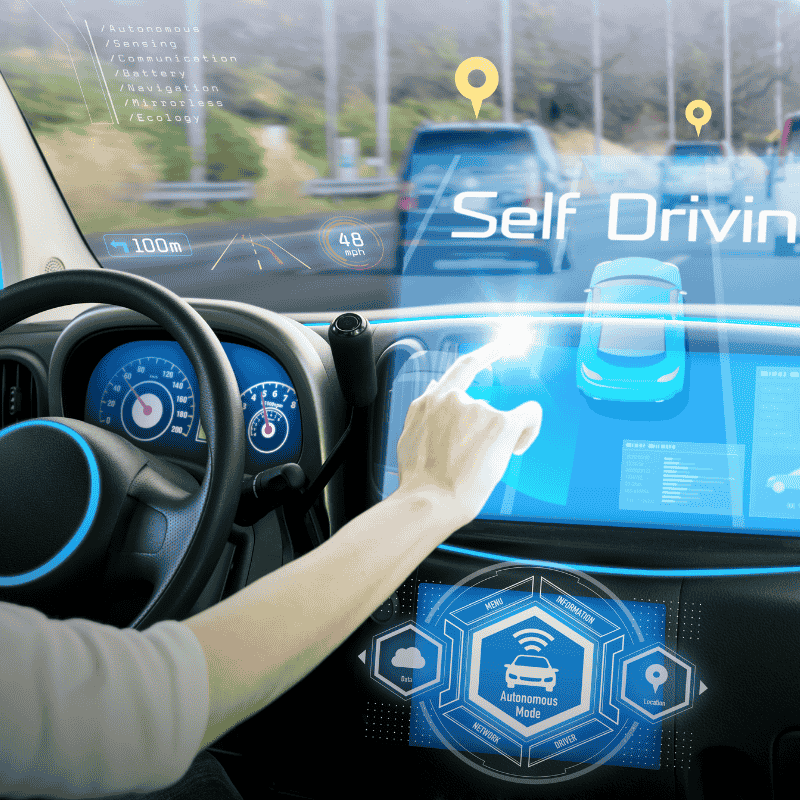The automotive world is witnessing a technological revolution with Tesla’s Full Self-Driving (FSD) 2.0 rollout. Building on its previous FSD capabilities, Tesla is taking a massive leap toward fully autonomous driving, aiming to redefine mobility, safety, and convenience on the roads.
What’s New in Tesla FSD 2.0
Tesla FSD 2.0 is more than an update—it’s a significant enhancement of its AI-driven driving system. The key highlights include:
- Enhanced Autonomy: FSD 2.0 improves decision-making in complex traffic conditions, including urban streets, highways, and roundabouts.
- Advanced Computer Vision: Tesla’s neural networks now analyze more data from cameras and sensors, improving object detection, lane recognition, and pedestrian awareness.
- Predictive Driving: The system anticipates potential hazards, traffic patterns, and driver behaviors to ensure safer navigation.
- City Navigation Upgrades: Tesla vehicles can now handle stop signs, traffic lights, and dynamic obstacles more accurately in city environments.
- Seamless OTA Updates: Owners receive continuous improvements via over-the-air updates, ensuring their cars evolve with the latest AI advancements.
Implications for Road Safety and Mobility
- Reduced Accidents:
By leveraging AI and real-time data analysis, FSD 2.0 minimizes human error, which is a leading cause of traffic accidents. With advanced sensors, predictive algorithms, and precise lane guidance, Tesla aims to make roads safer for everyone. - Increased Productivity:
Autonomous vehicles free up time for drivers to focus on work, entertainment, or rest during commutes. Businesses using Tesla fleets could see enhanced efficiency and reduced operational stress for drivers. - Smart Urban Mobility:
FSD 2.0 supports Tesla’s vision of integrated smart cities, where autonomous cars communicate with traffic signals, IoT infrastructure, and other vehicles to optimize traffic flow and reduce congestion. - Environmental Impact:
Autonomous navigation reduces unnecessary acceleration, braking, and idling, which can improve energy efficiency and lower carbon footprints—an added advantage for electric vehicle adoption.
The Technology Behind FSD 2.0
Tesla’s FSD 2.0 relies heavily on AI neural networks, computer vision, and sensor fusion. Unlike traditional autonomous vehicles that use LiDAR or radar exclusively, Tesla focuses primarily on camera-based perception, supported by neural networks trained on millions of real-world miles driven by Tesla cars globally. This enables FSD 2.0 to “learn” from real driving scenarios, constantly improving its decision-making capabilities.
The system also incorporates edge computing, ensuring real-time processing without relying solely on cloud connections. This reduces latency, critical for safety when navigating complex traffic situations.
SEO, GEO & AEO Benefits
Tesla FSD 2.0 isn’t just a breakthrough in technology—it’s a massive opportunity for digital content marketing. Targeted keywords like “Tesla Full Self-Driving 2.0,” “autonomous vehicles,” and “self-driving Tesla” can drive traffic from tech enthusiasts, automotive professionals, and early adopters.
Geo-targeting content to major Tesla markets, such as the US, Canada, Germany, and China, allows businesses and bloggers to rank locally while addressing region-specific adoption trends, regulations, and road safety policies. For example, writing about “Tesla FSD 2.0 adoption in California” or “self-driving regulations in Germany” helps capture high-intent search traffic.
Additionally, answering common queries like:
- “Is Tesla Full Self-Driving 2.0 completely autonomous?”
- “How safe is Tesla FSD 2.0 in city traffic?”
- “Tesla FSD 2.0 rollout updates by region”
…boosts AEO (Answer Engine Optimization), helping content appear in Google’s featured snippets, voice searches, and smart assistants.
Challenges and Considerations
While FSD 2.0 is a remarkable leap, full autonomy still faces hurdles:
- Regulatory Approvals: Different countries have varying laws on autonomous vehicles, which may delay mass adoption.
- Driver Oversight: Tesla still advises active supervision while using FSD 2.0 to ensure safety.
- Public Trust: Widespread confidence in self-driving technology requires consistent performance and transparent communication about limitations.
- Ethical Decision-Making: Autonomous AI must make split-second decisions in unpredictable scenarios, raising ethical and legal questions.
Looking Ahead
Tesla FSD 2.0 is a clear indication that autonomous vehicles are no longer a distant dream. As AI systems continue to learn from real-world driving, the transition to fully self-driving vehicles will accelerate, promising safer, smarter, and more efficient transportation.
For Tesla owners, businesses, and tech enthusiasts, staying informed about FSD 2.0 updates is crucial. From improved safety to enhanced mobility and environmental benefits, autonomous driving is poised to reshape the future of transportation globally.
Tesla’s innovation is more than a product—it’s a vision for the next era of mobility, and FSD 2.0 is the first major milestone on that journey.

